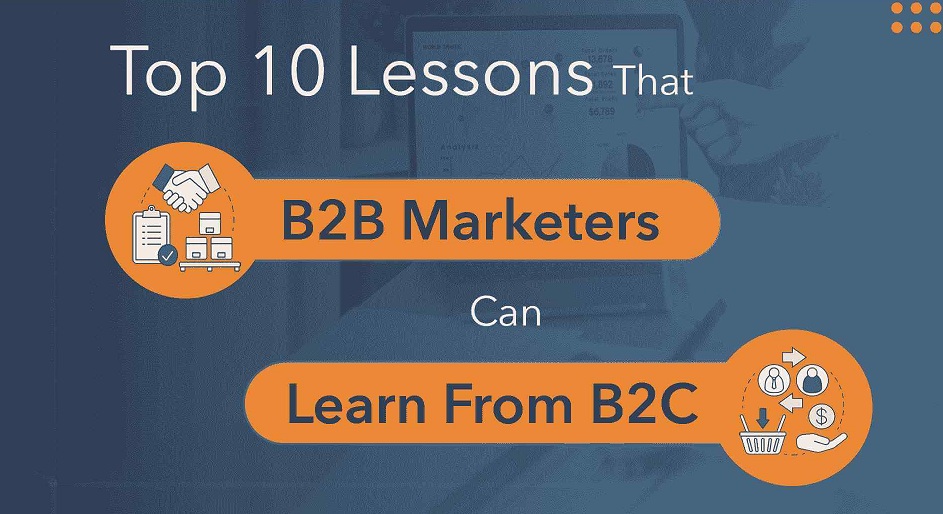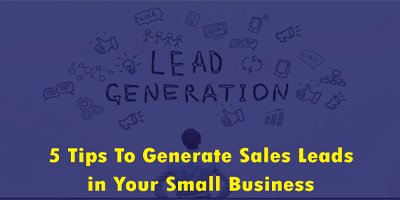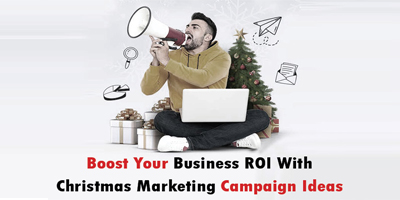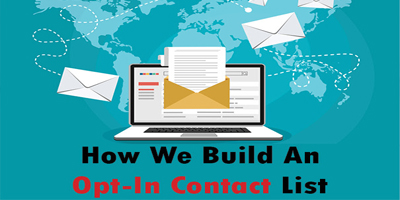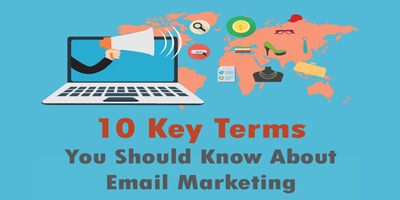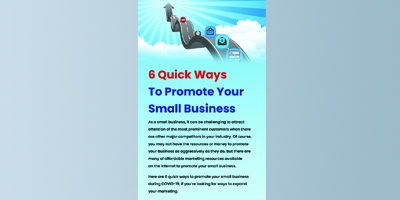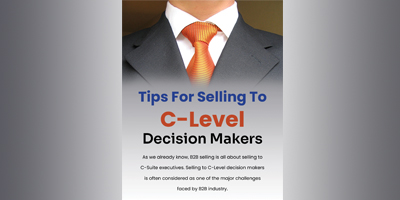Instead of focusing on a single persona, B2B marketers must target a variety of decision-makers and audiences. Great B2B marketers are aware of their company’s financial structure and base their investment choices on the channels and strategies that will help them achieve their goals and boost profitability.
Our recommendations offer b2b companies the chance to reconsider their target demographic and the best way to reach them. Ten strategies that B2B organisations can utilise to increase their visibility and reach were presented in our infographic. All of these strategies are frequently employed by B2C marketers, and any B2B organisation can readily adopt them.

- Display product and price details
It’s important for B2B marketers to be as transparent as possible about their products on their website and in marketing materials. Since the majority of the current buyer’s journey takes place online, it’s critical to provide all the information a buyer would be interested in up front without having to ask for it.
- Employ testimonials and customer reviews
By providing evaluations, testimonies, and case studies that highlight consumer difficulties, how your product or service has addressed these challenges, and the results obtained, you may give customers the confidence they need to make purchases.
- Make the buying procedure easier
Your company may see a rise in revenue if you make the purchasing procedure as simple as feasible. If you can’t make the process as simple as clicking a button, think about include comparisons and evaluation templates that take clients directly from the research to the purchase phase without the need for drawn-out sales calls or demos. Buyers are more likely to enjoy the process and act when they can conduct the majority of their research online from the convenience of wherever they are.
- Give something away
Create buzz and credibility by giving away something. To entice potential customers to test out your product or service, think about offering free trials or consultations. Frequently, a positive test results in a strong relationship.
- Deliver content in more achievable steps
Not many people have the time or want to read all of your lengthy stuff. Customers are seeking fast informational hits. Use brief films, infographics, top-10 lists, interesting information, blogs, and FAQs to get their attention. When a prospect is prepared to contemplate making a purchase, these more manageable and concise pieces of information will help you get your foot in the door.
- Interact and be friendly
You’ll be able to establish a more personal connection with customers if you emphasise the advantages of your product rather than merely its functionality. Use industry humour that your consumers can relate to when appropriate. Above all, interact with clients and educate them with pertinent knowledge that truly adds value.
- Get a visual
Images are remembered by people, particularly beautiful ones that include humans. Images are becoming more important to B2B marketers when creating content.
- Include video
Today’s web and social media users demand quick, educational movies that promote new items and a business’s expertise. Learn more about the key phases to producing videos, as well as when and why to use them.
- Leverage social media
Utilize your company’s social media platforms on a regular basis. It would be a great opportunity lost to not use them. These 3 fallacies discourage businesses from using social media. Don’t let this chance slip through your fingers.
- Repurpose your content to attract more clients
If you consistently write blogs, articles, and other types of material as part of your content marketing plan, you should have a sizable archive of older writings, including many undiscovered content nuggets. Follow the lead of B2C marketers and repurpose and reuse that content in various ways and across many channels. A single essay or presentation may evolve into several blog entries, and those blog pieces may evolve into social media updates.

